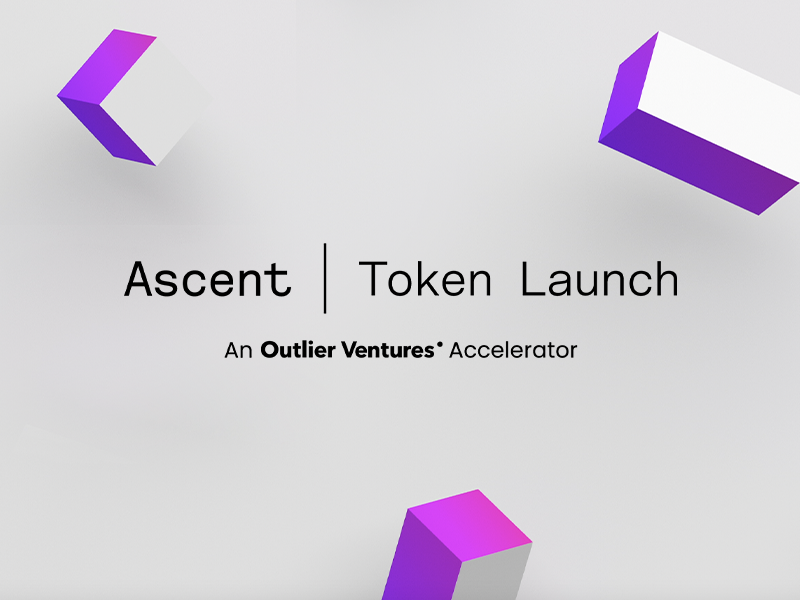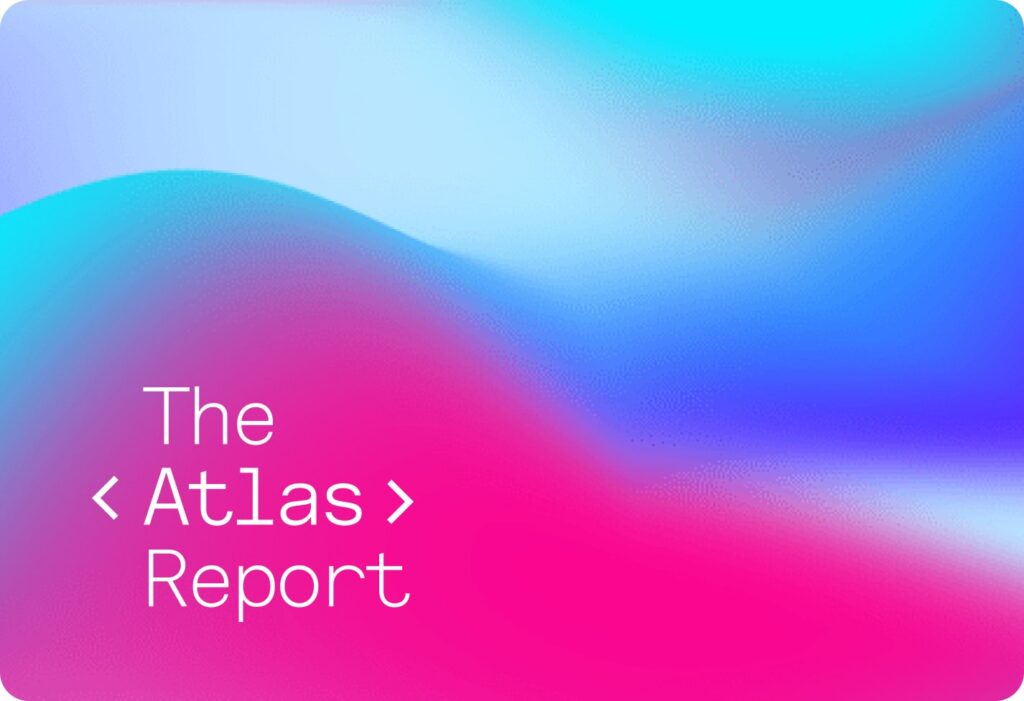What is MEV?
Maximal Extractable Value refers to the value that can be gained by re-ordering transactions within a block. This can be done by either:
- Having the responsibility of building the block and re-ordering the transactions, and/or including your own at various points
- Bribing those that have this responsibility to include your own transactions at various points
Some of the most common forms of MEV include arbitrage, front-running, back running, and sandwiching (which is both front-running and back running the same transaction).
Frontrunning is when someone spies a certain transaction that captures some value, and it is realised that this value can be captured first by performing the exact same transaction except with a higher gas fee, which means that the transaction is included first in the block and captures the value instead of that original transaction.
For example: Alice notices a great arbitrage opportunity because there is a discrepancy between two different USDC/USDT pools. Alice goes and buys USDC in the pool where its price is lower, and goes to dump it in the pool with the higher price. This should result in her making a tidy profit. Great Idea right?
An MEV bot lurking in the mempool also thinks so. It notices Alice’s transaction sitting in the mempool (the waiting room for transactions before they are put in a block) and copies it! The only difference it makes is that it pays a higher gas fee and/or tips the miner.
What this achieves is that this new transaction, made by the bot, is now included in the block in front of Alice’s, thereby capturing the money to be made from Alice’s arbitrage before she does!! Alice therefore walks away with no profits, since she got front-run. She may even end up losing money because of this.
It gets meta because some bots can then try to front-run other front-running bots… this is what can lead to gas wars. It is a ruthless darwinian world in the mempool, where only the leanest, meanest bots emerge victorious.
Although there is no formal taxonomy yet, this is what is colloquially known as ‘toxic’ MEV, in which users or other actors are negatively harmed by MEV. ‘Healthy’ MEV on the other hand is used to refer to arbitrage and other actions that help keep markets efficient.
Another type of MEV not mentioned above is called ‘long-tail’ MEV. This refers to MEV strategies that are as of yet undiscovered by the wider market. They are usually creative strategies that are not as hyper-competitive as known ones (such as arbitrage) because they exploit a specific characteristic of a protocol or a chain.
<Here is an example of long tail MEV being done on GMX>
There are ways of bypassing the public mempool such as using the Flashbots relay or other private relays. This introduces new meta-games and increased complexity in the game theory which I kind of touch upon when talking about private order flow below.
What is the merge?
The merge is the separation of the consensus and execution layers. Pre-merge, proof-of-work was used for sybil resistance, and consensus and execution happened on the same chain. After the merge, sybil resistance (proof-of-stake) and consensus happen on the same chain, and execution on another.
A better term for the merge could be ‘the unbundling’ of Ethereum. It is one of the first steps towards a much more modular chain.
A while ago, the chain that uses Proof-of-stake was initiated, and was running alongside ‘normal’ Ethereum. The proof-of-stake chain was dubbed ETH2 and normal PoW chain was dubbed ETH1.
During the merge, ETH1 and ETH2 were combined, such that ETH1 was used for execution and ETH2 started being used for the chain to reach consensus and finality.
Consensus refers to how the miners/validators agree on what actually happened in Ethereum.. it is how they agree on a version of reality. If everyone had their own ideas of what was real and what was not, we would not be able to achieve consensus. How this is actually achieved is super cool and deserves its own dedicated write-up.
So even though these two chains ‘merged’, what happened was actually a step towards separating different responsibilities and making Ethereum less monolithic. Pre-merge , ETH1 used to do everything, and now responsibilities are split across ETH1 and ETH2.
If you want to learn more about PoS in Ethereum and how the architecture will actually work, check out:
- The official docs
- This report by Delphi (btw of all the reports/papers that explain the full picture of how ethereum works, this is the best one out there)
- This one on Blockdaemon
How will MEV change in post Merge Ethereum?
Known block builders
Previously, the miner that guessed the correct block hash first got to build and add a block to the chain, so it would always be unknown who would be the party adding the block until it was suddenly known.
Now, whoever mines the block is determined in a pseudo-random way, and it is determined ahead of time… such that it is possible to know who will be adding the block to the chain before it is their turn to do so.
Time in post-merge ETH is now measured in epochs, which consist of 32 slots, and each slot is 12 seconds. 1 block is added each slot. It is announced ahead of time who the next validators are in which order. Thus, if you are one of the validators chosen, you are aware who precedes you. This opens up an attack vector where a validator can DDOS the validator before them if they know their IP address, which stops them from extracting MEV from their block and proposing a valuable block. The attacking validator can then capture two blocks worth of MEV in one block, getting extra juicy rewards.
Pre-merge, this would not have been possible as the next validator would not know ahead of time that they would be the next validator. Steps are being taken to remove this attack vector, but there is no clear timeline yet on how soon changes will be made.
Private order flow
This is the big one. Due to users and apps looking to mitigate the negative externalities of MEV, many will start using private relays. This is just a way of getting your transactions to validators without dipping your toes into the public mempool.
Which builders do you want to send your transaction flow to? This may depend on many things, such as what promises they make, and how successful they are at actually getting your transaction included (and actually make it happen)
Some validators and builders may make different promises, such as:
- We will only extract healthy MEV (no toxic MEV!)
- We will do ALL the MEV to extract as much value as possible, but then we will give you kickbacks
- We will be censorship enabled (OFAC compliant)
- We will just order transactions according to gas price
The ability of someone to extract MEV will also be determined by how much access to private transaction flow they have, as the more transactions they actually have access to, the more transactions they can extract value from. Therefore, builders will court users and wallets in order to get their flow.
In the future (maybe 1 or 2 years away), something called the Proposer-Builder Separation (PBS) will come into play. This is essentially the unbundling of whoever builds the block and orders the transactions, and whoever has the right to actually add this block to the chain.
In this structure, block builders build blocks and offer them to the validator (the proposer) in an auction, who chooses the block that makes them the most money. Thus, the builder that is able to extract the most MEV will likely be able to bid the highest such that their block is chosen by the proposer. A byproduct of this is that there are economies of scale in block building.
Because one builder has a lot of flow and can extract a lot of value, they can then predictably win auctions to get blocks included. Once it is seen that they can do this; apps, users, and wallets will want to send them their transaction flow as well.. solidifying their dominance. This is why block building will actually end up quite centralised. The important thing is that the validation of these blocks remains decentralised.
Based on all this, the extraction of MEV will rely heavily on the ability of a builder or MEV searcher to secure access to private transaction flow. This will be the new crude oil that institutional builders and high-frequency trading desks will fight over.
Even though PBS isn’t being implemented tomorrow, these permissionless markets still kind of exist with the use of private relays (such as flashbots) the difference is that this is not baked into the protocol yet, and the process is not completely trustless. (Currently, we have to trust the relays to do what they said they would)
What does this mean for us as users?
Since private order flow is such a big deal, users can now vote with their feet. Beforehand, us mere users did not have much say in the economic games that happen behind the scenes in Ethereum, but now we do. Different apps and wallets will now try to woo us with ‘MEV rebates’ or ‘no gas fees’ (they will actually pay the gas fees for us) or other such perks in order to attract as many users as possible – so that they maximise the amount of transaction flow that they can sell.
When one of these entities can command and sell a lot of transaction flow, they are able to win auctions and get transactions in blocks more and more predictably, which means more predictable and higher revenue, which means more perks can be offered to users, which means more users, which means more transaction flow….
It creates a virtuous cycle of centralisation. It remains to be seen however at which layer of the tech stack that this competition takes place. Will it be at the application layer? Or a layer or two below?
As a result of this positive feedback loop and intense competition, UX for users will improve as different solutions compete to get our precious, precious transactions. Different dapps as well will promise us better experiences. I think this will be especially true of mobile-first dapps that target ‘normies’ and users who are not aware of RPCs and how they can choose different relays. This will be the kind of smart-contract wallet that your Auntie uses; the type that abstracts away all this tricky crypto-currency stuff.
Some apps wallets may even go as far as to pay us to use them. This is basically what Manifold.finance does today, except not at the application layer. this will become more prevalent, and the complexity of it will be abstracted away with better wallet experiences. Profits may be distributed directly to users, or via native tokens, where extra revenues streams (from MEV or selling order flow) can help make token designs more robust.
As Outlier Ventures, we are very interested in working with teams building MEV middleware or any other kind of solution that tackles the MEV landscape in one way or other. Please get in touch to find out more about our programs, apply to our accelerator, or just chat about what you’re building!




